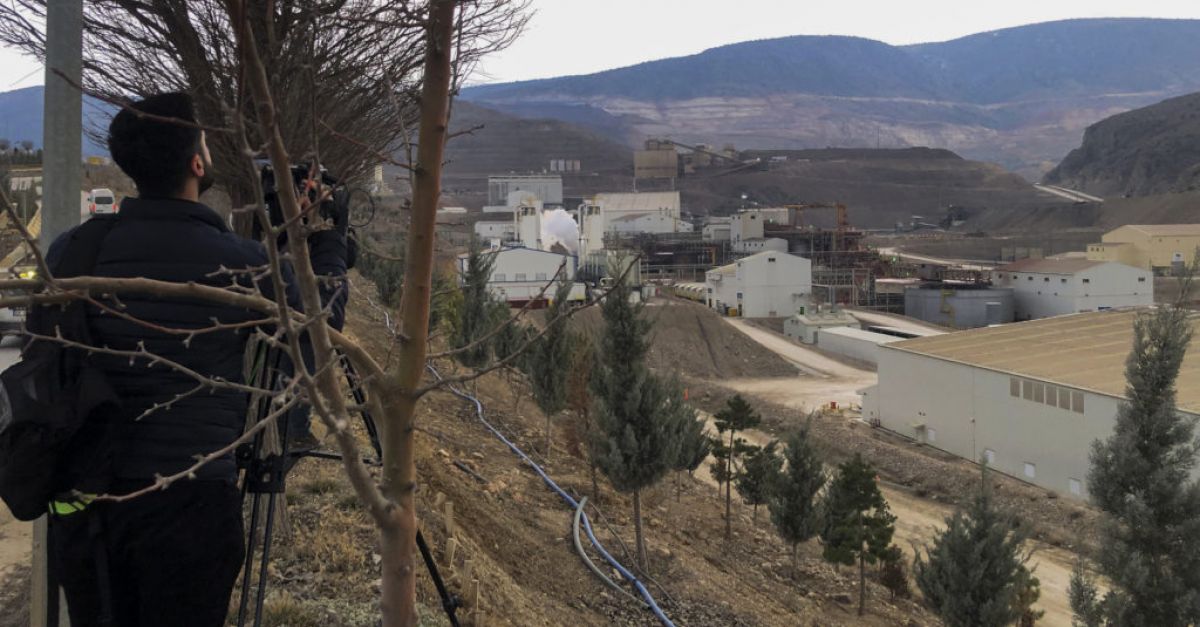FAL RIVER — When Massachusetts Department of Transportation notified the city a few weeks ago it was going to break up three homeless encampments along state land abutting Interstate 195 and Route 24 for safety concerns, Fall River’s outreach team, which has for a number of years been aiding the homeless and drug-addicted, knew it had to step up its game.
About 20 of the approximately 40 to 45 people displaced from the dismantled homeless camps and others have agreed to participate in a pilot program designed by the team dubbed Enhancement Without Encampment.
It’s an initiative the team — consisting of the city’s outreach team, the mayor’s office, Community Development Agency and several community partners — are hoping will continue the momentum started by Mayor Paul Coogan.
The team spoke with The Herald News recently about their mission and the strides made in the battle against substance abuse and homelessness.
A path to the workforce: In Fall River, homeless people are cleaning up the city
Homeless encampments on state highway property
MassDOT had targeted a large camp off Lewiston Street behind the Department of Community Maintenance building along I-195, and two camps on Brayton Avenue off Route 24.
“Lewiston was the largest with about 25 people,” said Niki Fontaine, the director of the city’s substance abuse and homeless outreach program. “Definitely the more addicted, and mental health. There were a lot of issues going on there.”
The conditions were unsanitary and chaotic.
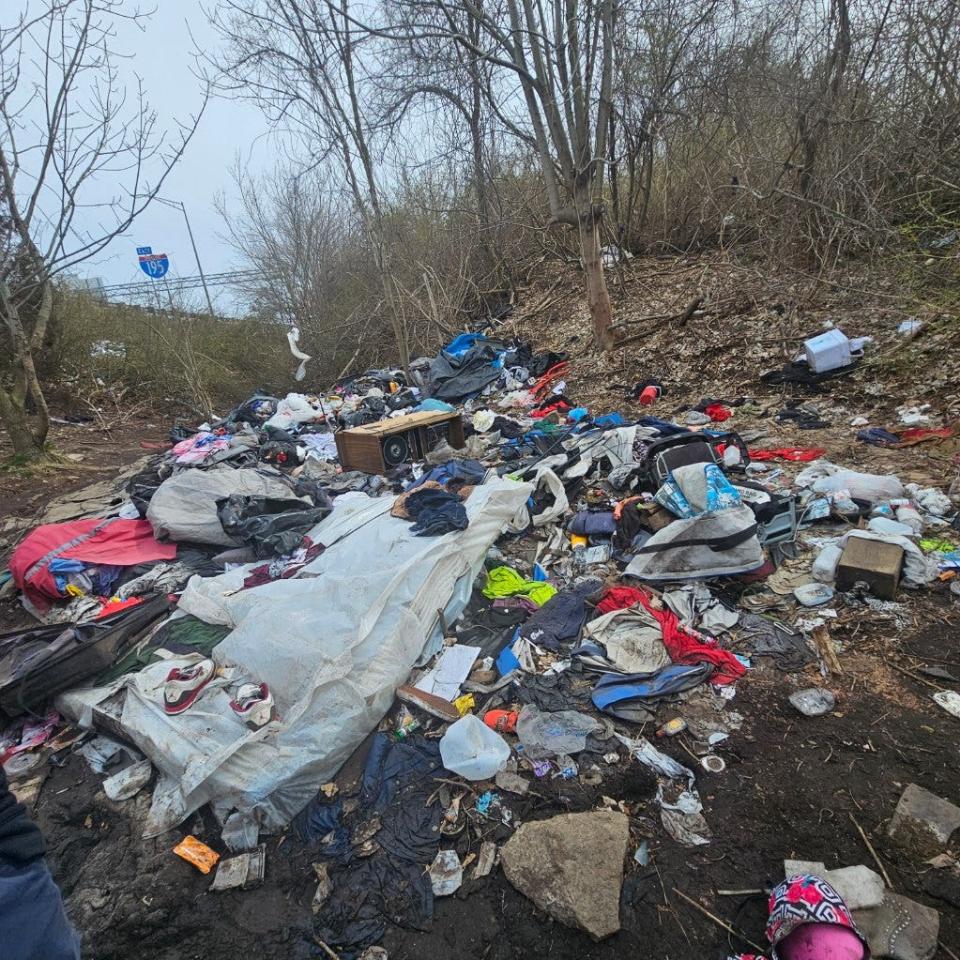
Hardest part of helping the homeless: Finding beds
Anyone in the substance abuse field, users ready to change their lives, and the families of the addicted know the challenge of finding treatment facilities with available beds to take in new patients.
But the team has found a way of helping bridge that gap in long-term care.
“That’s what we do,” said Stephanie Perry, an addiction nurse specialist in Southcoast Health’s Community Wellness Program.
The group jokes that Nick DeNardo, a recovery coach in the city’s outreach program, has the handful of facilities in the region on speed dial.
DeNardo said even if he contacts a facility now and they don’t have a bed, they’ll call him back “usually within an hour.”
“The collaboration isn’t just us anymore,” said Fontaine. “Those detox facilities are now texting us or answering our text messages right away, no matter what time.”
The team has personal relationships with health representatives from detox and treatment facilities, said Perry.
“My experience has been when I call and say ‘I have this person and if we can get him a bed in the next couple of weeks,’ I tell them the city has this new pilot program and they’re amazed. They want to go above and beyond to try to help to move mountains to make it work for the clients.”
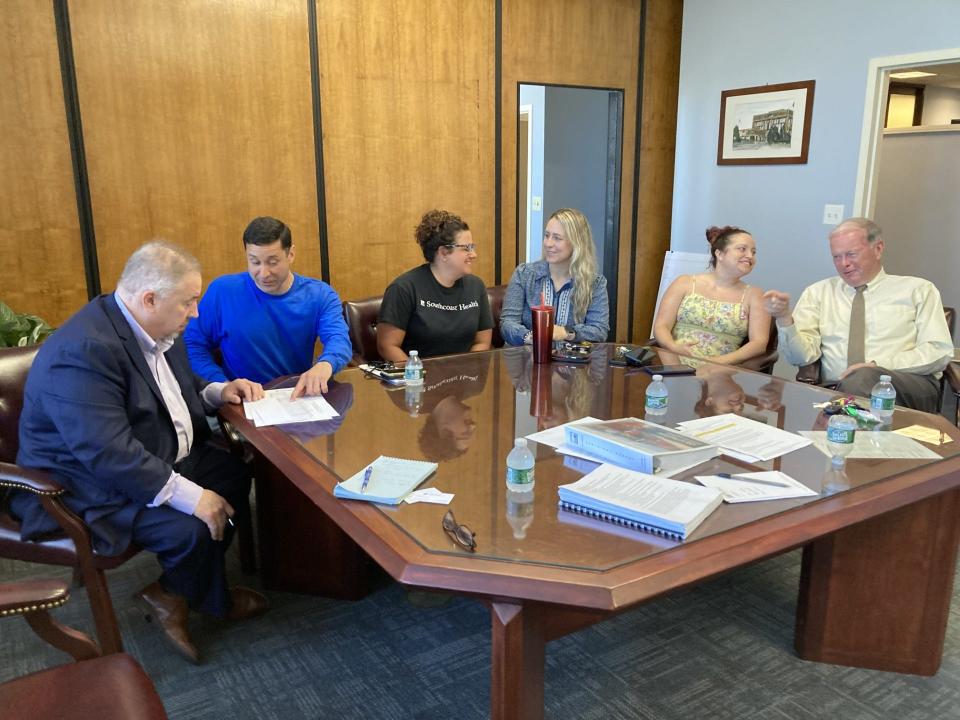
How do you convince 20 people to go into treatment from homeless camps? Trust
“They have to be ready,” said DeNardo.
Going into the camps, offering services, helping with rides, warm clothes, food and just being there for people who are at their lowest low is nothing new to the team members.
The team has been tracking data, and they have had contact with about 500 people in the last nine months.
Coogan said the database has become an important tool for the outreach effort, allowing to see who the client has contacted within the team and the services offered.
“It’s a continuum of care that they have access to, so when [the team] is out on the street there’s follow-up and thought that was important. Plus, I’m hoping, it lets us know where they are, where they’re staying,” said Coogan.
The camps, said Fontaine, are their homes, their comfort zones, where they can be the people they’re used to being.
MassDOT tore down one camp on its land on May 20, Perry said.
“They were homeless and now they’re homeless once again,” said Perry.
“So it becomes a kind of shock to their system. … It’s like hitting rock-bottom again,” said Fontaine. “So that helps, but they trust everyone at this table. They know if we say it’s going to happen, it’s going to happen. No false promises.”
Before MassDOT cleared the camps, Sara Lapointe, a community outreach coordinator for Fall River Comprehensive Treatment Center, wrote a letter to the homeless living in the camps with the team’s proposal for those wanting to get into the program.
A helping hand: Fall River dismantles ‘dangerous’ homeless camp and offers outreach assistance
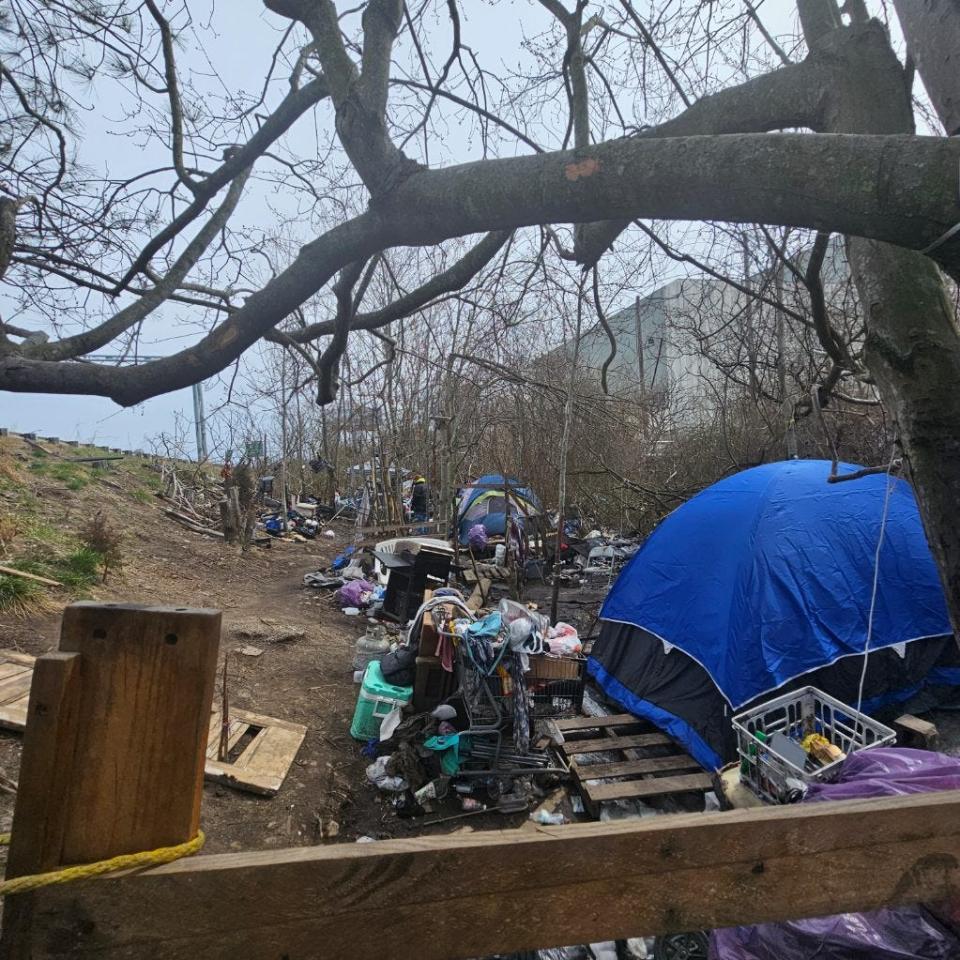
What Fall River’s pilot program is like
Fontaine said the pilot has participants first completely detox, which can take four to six days, depending on the substance they use.
They then go into a step-down program, “which is typically seven to 21 days,” said Fontaine.
homeless camps help drug addiction Fall River dismantles ‘dangerous’ homeless camp and offers outreach assistance
support homeless help drug addiction Fall River’s homeless have support as they face struggles
“From there, they are all told they have to remain in contact with one of us or their case manager, so that after stepdown we’ll find them a sober house bed,” said Fontaine.
Including the stepdown portion of the program, Fontaine said, “[it] has to be a choice on their part.”
While in a sober house, the clients have different benchmarks they are required to meet, like partnering with a sober coach in the first month.
“It helps them with transportation and getting them engaged in their recovery,” said Fontaine.
At the end of the third month, they need to be working to show some type of income — or if they have Social Security Insurance, they must be able to save money.
It all happens with the assistance of the team and its partners.
The participant can spend up to six months in a sober house, which is sometimes funded by Catholic Social Services, another partner, which also helps finding housing when a client is ready for a place of their own.
“Housing is a big issue,” said Mike Dion, executive director of the Community Development Agency, which funds several housing programs. “We get them in detox, they get out and go back to the encampments. It was no good.”
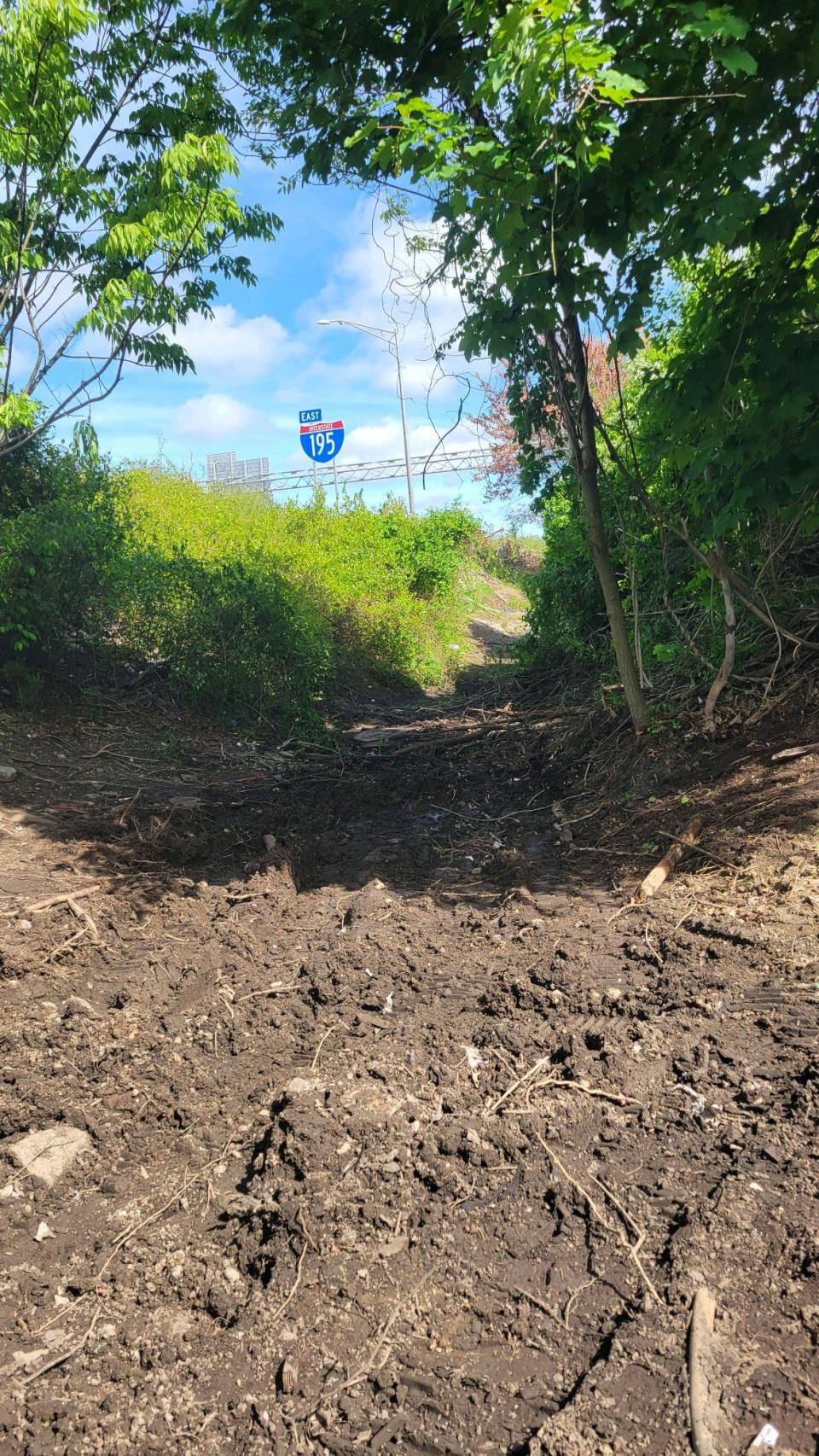
Providing hope for the homeless
For a lot of people living on the streets, contact with the team members is sometimes the only consistent thing in their lives, said Lapointe. There are a lot of moving pieces to getting them in a stable situation, with the mental health piece and the substance abuse piece.
And each person has a different story, said Lapointe.
Lapointe called the team the best she’s seen, and they all have a common mission to help people in crisis.
“We want them to know that this life doesn’t have to be their life forever, and we try to provide that hope for them every day,” said Lapointe. “Maybe today they aren’t ready. But you know what, maybe we’ll catch you tomorrow and we’ll sit with you and make it happen. All hands on deck.”
This article originally appeared on The Herald News: Fall River shows results in battle against homelessness and addiction
Signup bonus from

